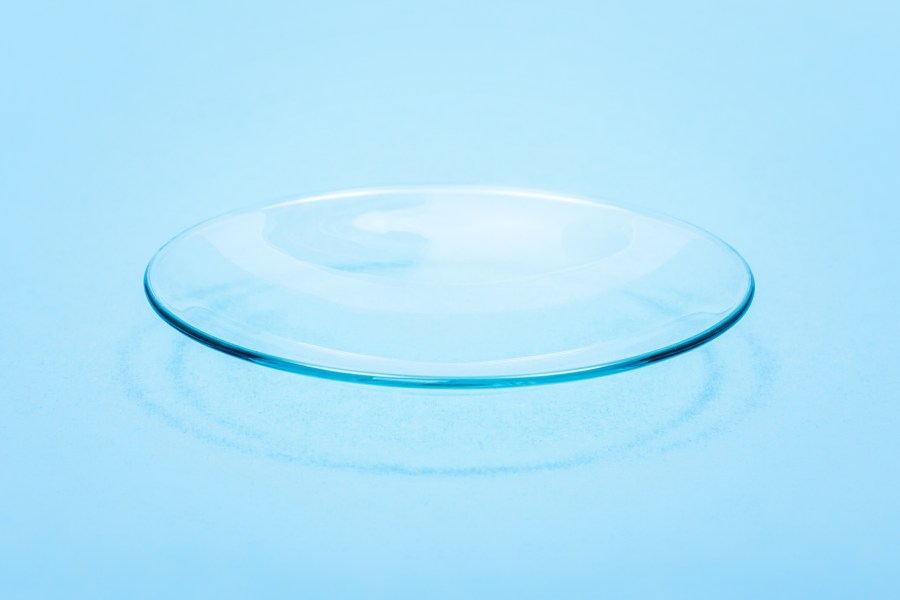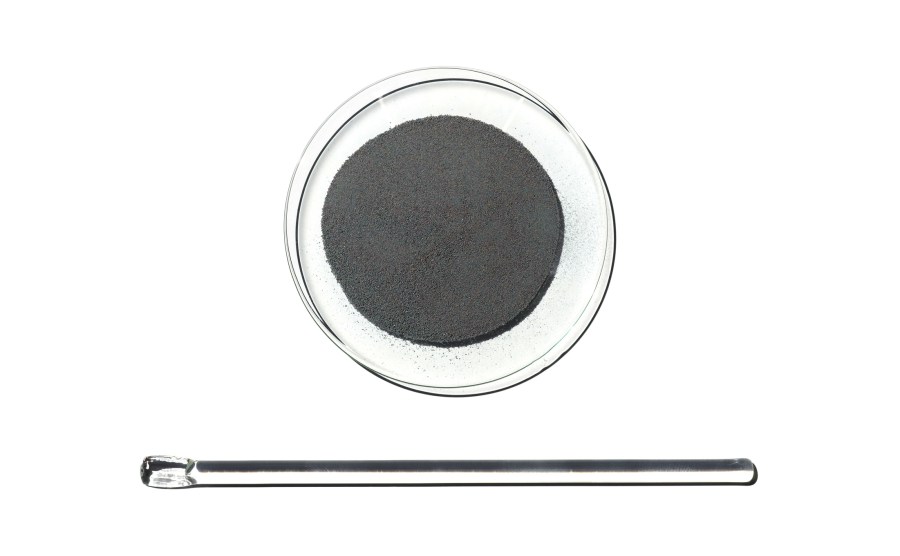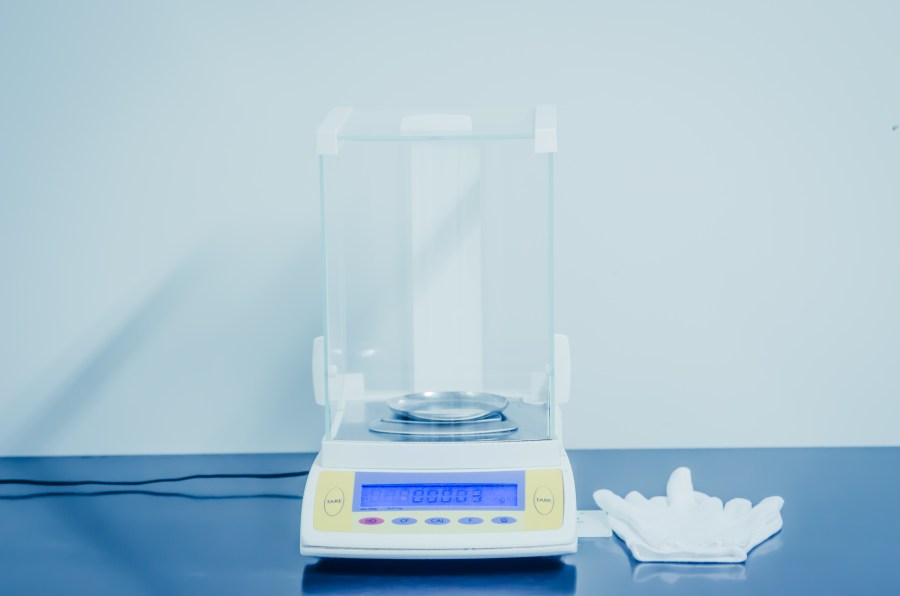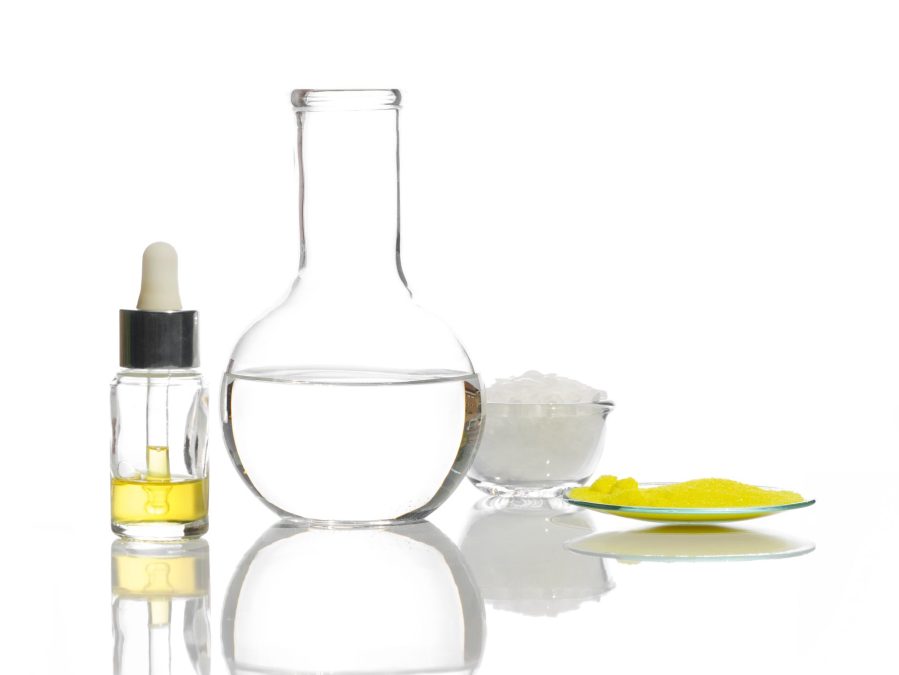Is It Easy Taking Off Tempered Glass

Watch glasses are circular pieces of slightly concave glass that are commonly used by chemists. A watch glass can come in handy for a variety of things in a chemistry lab, from covering beakers to holding various substances that a chemist might want to weigh. In this article, we'll take a closwer look at what watch glasses are, what they look like, and why they are such an important tool for chemists.
What Is a Watch Glass?

As the name suggests, a watch glass is a circular piece of glass. Where does the "watch" part come in? Watch glasses get their name from the fact that they are very similar in shape and size to the glass coverings of pocket watches. But watch glasses can actually be made from a variety of different types of glass, such as borosilicate glass, flint glass, soda-lime glass, etc. Other types of watch glasses aren't even made from glass at all. Chemists also commonly use plastic watch glasses, though they're sort of like the disposable cups of the chemistry world and are often used for things like fieldwork.
Watch glasses come in a range of sizes and thicknesses. Why does it matter what type of watch glass you use? If you're just starting out in chemistry and are using a watch glass more for a classroom setting, then it likely won't be that big of a concern. But professional chemists utilize the wider selection because some types of watch glasses suit their needs for a particular experiment better than others. For instance, some watch glasses are built to withstand much higher temperatures, while others may have features like special ribbing to prevent the escape of vapors during an experiment.

Now that you know what a watch glass is, what exactly is it used for in chemistry? Watch glasses can be used in a number of ways, including serving as a surface to hold small substances while they are being weighed. In this capacity, they serve as a convenient container for powders, liquids, or even corrosive substances.
Say, for instance, that a chemist wants to apply a precise amount of powder to a formula. Rather than place the powder directly onto a scale, the chemist would place it onto the watch glass and set it to a weight of zero. Then, they could continue adding or removing the powder in question to the top of the watch glass until they arrived at the desired weight.
Aside from the fact that they prevent substances from touching the scale directly, another perk of a watch glass is that most are designed with anti-stick properties. That way, if a chemist needs to use a very specific amount of a substance, they don't have to worry that their weight measurements will be off due to debris sticking to the watch glass itself.
Watch Glasses Can Be Used As Beaker Lids
Watch glasses also make great lids to cover the tops of beakers that chemists use for experiments. By covering a beaker with a watch glass, a chemist can keep any vapors that may form inside the beaker from leaking out into the air. And watch glasses don't only keep vapors inside a beaker; they can also help ensure that no unwanted extra ingredients enter and disrupt the experiment.
Sometimes watch glasses are also placed on top of beakers that contain various liquids while they are evaporating. When used in this way, the watch glass serves as a collection plate for evaporating particles that crystalize on its surface. Due to the fact that watch glasses are clear, chemists can have a bird's eye view of the entire process as it occurs.
While watch glasses are relatively fragile, they can withstand temperatures above boiling. This makes them ideal for performing experiments without the chemist having to worry about them melting.

Watch glasses are also commonly used when a chemist needs a place for a substance to dry. If a scientist is working with a solid substance, they can place it onto the watch glass, which is then placed inside a sealable enclosure called a desiccator. The substance is then often protected with filter paper and allowed to dry.
Alternatively, a chemist might place the watch glass containing the substance inside a fume hood in order to make for a quicker drying time. The drying process can also be completed by placing the watch glass directly into a muffle furnace, as long as the temperature doesn't exceed a certain heat.
Another option is to place the watch glass under a funnel, and then run a light stream of dry air through the top.
Where To Buy Watch Glasses For Chemistry
Feel like doing a little chemistry? The great thing about watch glasses is that they are both readily available and reasonably priced. While they may not be the kind of thing you'll find at your local Target, there is a wide variety of watch glasses available on Amazon that you can have delivered right to your door.
There are also a variety of other notable retailers who offer sales through their websites. Some of them include:
- Fisher Scientific
- Spectrum Chemical Manufacturing
- Cole Palmer
As you'll quickly discover in your search, there are a variety of different watch glasses available. Not sure which one to go with? Check out this review of the best lab watch glasses in order to help narrow down your options.
doyleworactagoine.blogspot.com
Source: https://www.reference.com/world-view/watch-glass-chemistry?utm_content=params%3Ao%3D740005%26ad%3DdirN%26qo%3DserpIndex&ueid=dde0d9b7-dcea-466e-b529-45ac410b71c3
0 Response to "Is It Easy Taking Off Tempered Glass"
Post a Comment